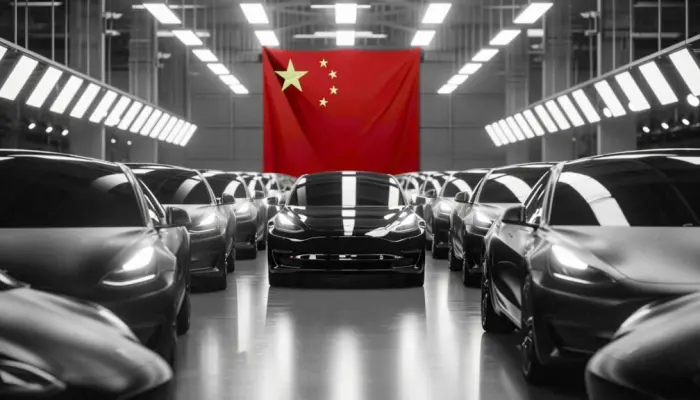What's behind the sudden emergence of new manufacturers from China and America in the automotive market?
There's no doubt that the landscape of the automotive industry is changing rapidly. We're not talking about the wave of mergers that happened in recent decades leading to the formation of large supercompanies; today, fourteen such groups control about sixty brands. However, this is not something new. Mergers have always been a way to create more competitive products by combining strengths and achieving economies of scale. Modern technologies, allowing the creation of flexible platforms (on which completely different models in appearance and philosophy can be "built"), have accelerated these processes.
More Manufacturers in the Past
Once upon a time, there were many more manufacturers than nowadays. For example, in 1899, there were thirty companies in America alone. In the following decade, the list was supplemented by another 485 manufacturers! The two world wars and subsequent years were decisive for the final sorting out.
After 1980, the situation with mass brands operating at least on European territory stabilized to a certain extent. It's not that there were no losses over the years. Companies such as Rover, Saab, Chevrolet, and Daihatsu ceased to exist or stopped being imported. The same happened with once-popular brands from the Eastern Bloc like Zastava, Polonez, and Lada.
However, what didn't happen over all these years was the emergence of new players on the market. In this regard, Smart or Lexus could be considered, but they are nevertheless offshoots of existing companies, as are the more recent DS and Cupra.
The Exception – Tesla
A bright exception is the case with Tesla, which managed to disrupt the established order, creating a precedent. Thus, only in the past few months, a large number of until recently unknown companies have appeared. Most of them originate from China and are vying for a redistribution of the automotive market share. Some of them, like MG, Seres, and BYD, have already come to our country, and in many European countries, models from Zeekr, Xpeng, Nio, Fisker, Lynk & Co, Lucid, and GWM are sold. And, of course, this is just the beginning.
But where's the equilibrium here? According to a recent prediction by Brian Gu, the vice president of Xpeng, in the future, only ten companies will survive. In an interview with "Financial Times," he stated that the condition for survival is the annual production of 3 million cars. According to Gu, the internal market of China can provide only half of such production. This is the reason behind this sudden expansion of Chinese manufacturers abroad. Simple lessons in survival…
